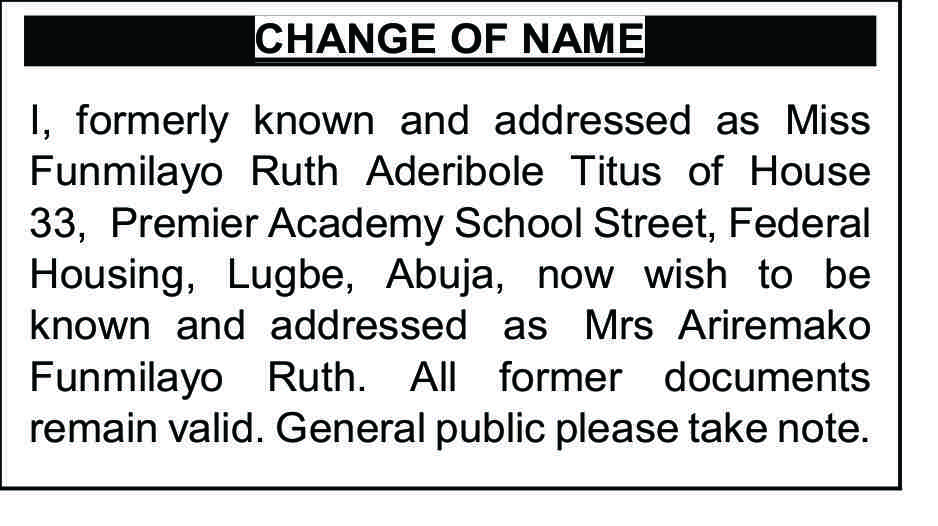Business
Fitch upgrades Fidelity Bank’s rating to ‘positive’

Fitch Ratings has revised the outlook on Fidelity Bank PLC’s LongTerm Issuer Default Rating (IDR) to Positive from Stable while affirming the rating at ‘B-‘.
The credit rating agency has also affirmed Fidelity Bank’s National Long-Term Rating at ‘A(nga)’ with a Stable Outlook.

In a statement released on Friday, Fitch said that the outlook revision reflects its, “expectations that the bank’s capitalisation will strengthen in the near term as a result of core capital issuances, including to meet the new paid-in capital requirement of N500 billion for banks with an international licence effective by end-1Q26.”
According to the statement: “Fidelity’s IDRs are driven by its standalone creditworthiness, as expressed by its Viability Rating (VR) of ‘b-‘. The VR balances the concentration of operations in Nigeria’s challenging operating environment, high credit concentration and high Stage 2 loans against a growing franchise, sound profitability metrics, good capital buffers and reasonable foreign-currency (FC) liquidity coverage.
“Its standalone creditworthiness drives Fidelity’s National Ratings. They balance a growing franchise and good capital buffers against weaker profitability than higher rated peers.”
The rating agency said that Fidelity is Nigeria’s sixth-largest bank, as it accounted for 5% of domestic banking system assets at end-2023, adding that strong balance-sheet growth in recent years has increased the bank’s market shares and that it expects these to rise further but remain below those of the five largest banking groups.
On factors that could lead to negative rating action/downgrade, the agency said: “A sovereign downgrade could result in a downgrade of Fidelity’s VR and Long-Term IDR if Fitch believes that the direct and indirect effects of a sovereign default would be likely to have a sufficiently large effect on capitalisation and foreign-currency liquidity to undermine the bank’s viability. However, this is unlikely considering the Positive Outlook on Nigeria’s Long-Term IDRs.”























